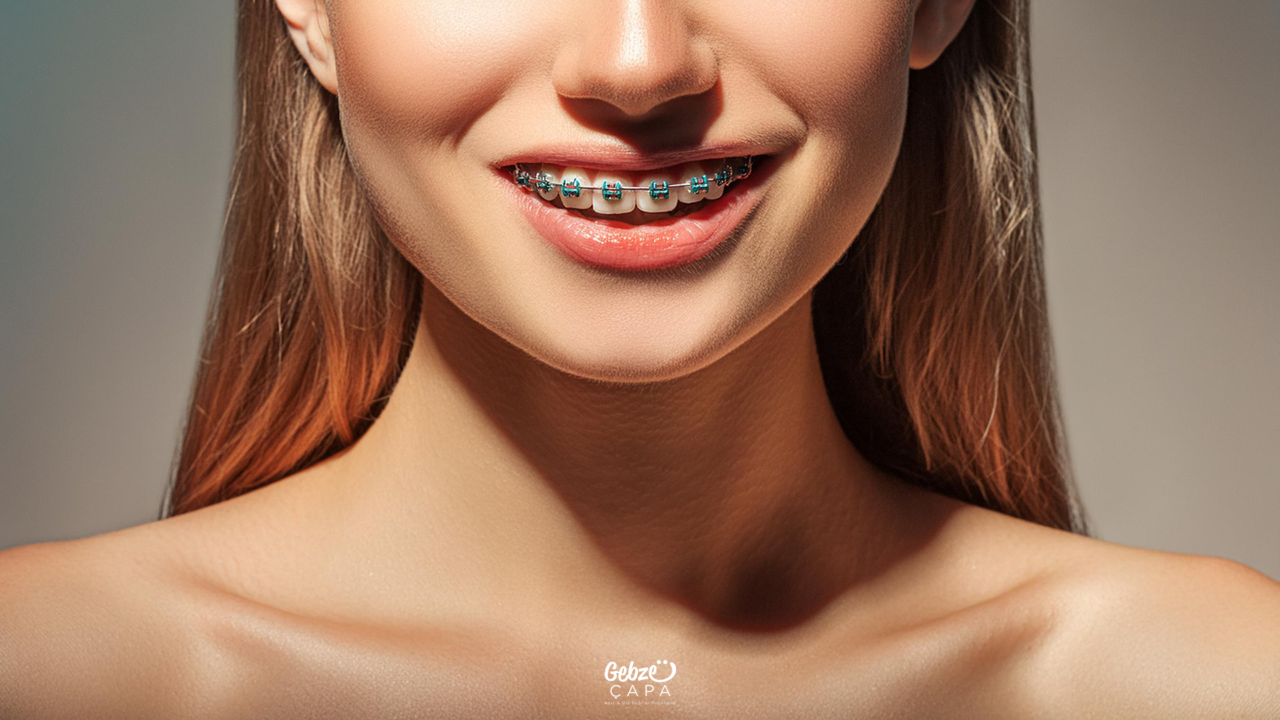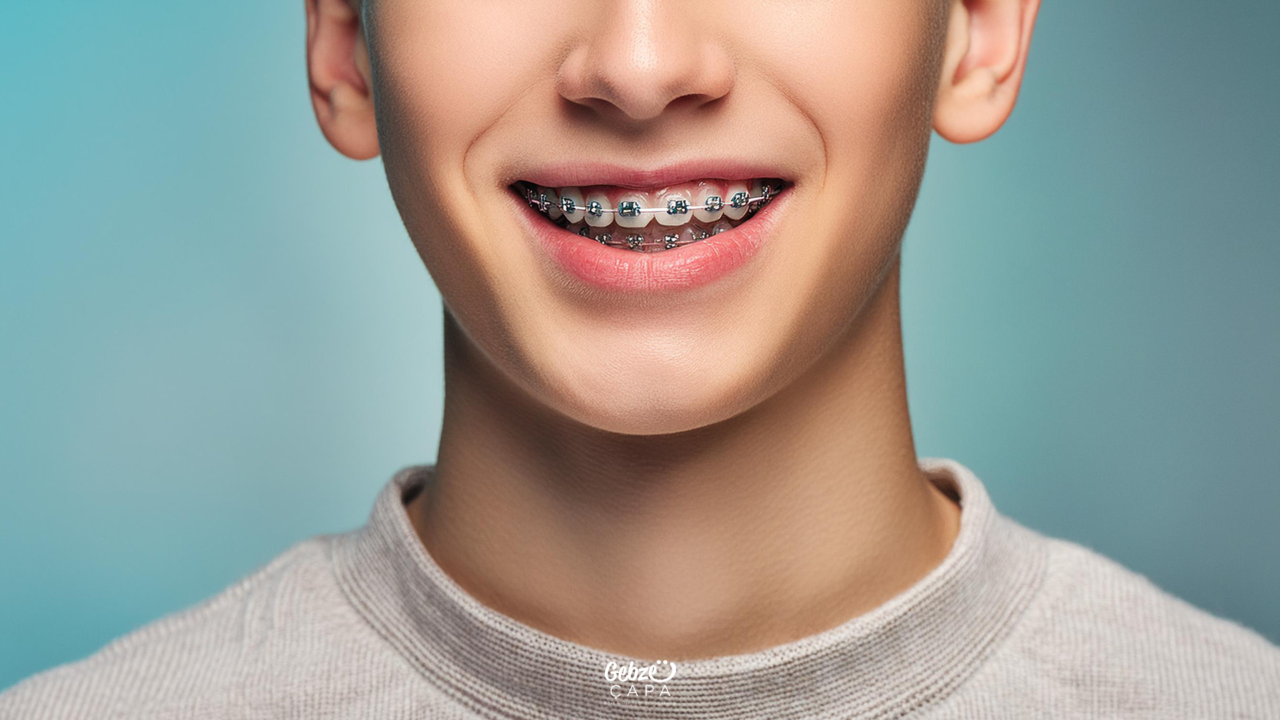Dental braces
Braces are an orthodontic treatment method used to correct irregularities in the teeth and obtain a smooth smile. This treatment method, which can be applied to both children and adults, is used to ensure the correct alignment of the teeth and jaw structure. Nowadays, with the increase in aesthetic concerns and the importance of healthy tooth structure, the use of braces has become quite common.
In this article, we will discuss various issues related to braces. We will touch on many topics, from treatment processes to types of braces, from care recommendations to the psychological effects of using braces. We will share with you details about what you need to know before starting braces treatment, things to consider during the treatment process, and post-treatment care. Additionally, we will emphasize how important the use of braces is not only in terms of aesthetics but also in terms of functionality and health.
What are Braces?
Braces are tools made of metal or ceramic materials used to ensure proper alignment of teeth and correct the jaw structure. Braces treatment is performed by orthodontists and usually begins in childhood or adolescence. However, adults can also benefit from this treatment. Braces slowly move the teeth into the correct position, and this process can take between a few months and a few years.
Types of Braces
There are different types of braces treatment. Each type is selected based on the patient’s needs and treatment process.
- Metal Braces: Metal braces are the most common and traditional type of braces. These wires, made of stainless steel, apply the most pressure to the teeth and provide rapid results. Nowadays, less noticeable models have also been produced.
- Ceramic Braces: Ceramic braces are less visible than metal braces. It is preferred by those with aesthetic concerns because it is closer to the natural color of the teeth. However, it is more delicate than metal wires and has a higher risk of breakage.
- Transparent Plates (Invisalign): Transparent plates such as Invisalign are a modern treatment method used instead of wires. These plaques are virtually invisible and can be removed while eating. Plates are changed at regular intervals throughout the treatment process.
- Lingual Braces: Lingual braces are worn on the back of the teeth and are completely invisible. These braces, which are preferred due to aesthetic concerns, may affect speech and tongue movements. It is more difficult to implement and maintain, so it is generally more expensive.

Braces Care
Individuals who wear braces need to pay more attention to oral and dental care. Braces can cause food debris and plaque to accumulate, which can lead to tooth decay and gum disease. Here are some suggestions for wire care:
- Brushing and Flossing: Individuals wearing braces should brush and floss their teeth at least twice a day. Special orthodontic toothbrushes and dental floss are more effective at removing food debris around braces.
- Use of Mouthwash: Mouthwashes help kill bacteria and improve oral hygiene. Mouthwash that does not contain alcohol should be preferred, because mouthwashes containing alcohol may cause dryness in the mouth.
- Eating Habits: Hard and sticky foods should be avoided while wearing braces. Hard foods such as apples and carrots should be consumed by cutting them into small pieces. Sticky foods such as gum and caramel can damage the wire.
Advantages and Disadvantages of Using Braces
Using wire has both advantages and disadvantages. It is important to be conscious in this process and follow the orthodontist’s recommendations.
Advantages
- Straight Teeth and Beautiful Smile: At the end of braces treatment, you can have straight teeth and an aesthetic smile.
- Oral Health: Properly aligned teeth make cleaning easier and help prevent tooth decay and gum disease.
- Functional Corrections: Irregularities in the jaw structure and biting problems are corrected, which improves chewing and speech functions.
Disadvantages
- Aesthetic Concerns: Wires, especially metal wires, may cause discomfort in terms of appearance.
- Comfort and Pain: Braces can occasionally cause pain and discomfort because they put pressure on the teeth.
- Care Difficulty: Individuals who wear braces have to pay more attention to oral and dental care.

Dental Braces Prices
Braces prices vary depending on the type of treatment, duration, materials used and clinics. Before starting treatment, it is important to get quotes from several different orthodontists in order to receive quality service that fits your budget. To get detailed information about braces prices and the most suitable treatment options for you, make an appointment with an orthodontist now and step into a healthy smile!


